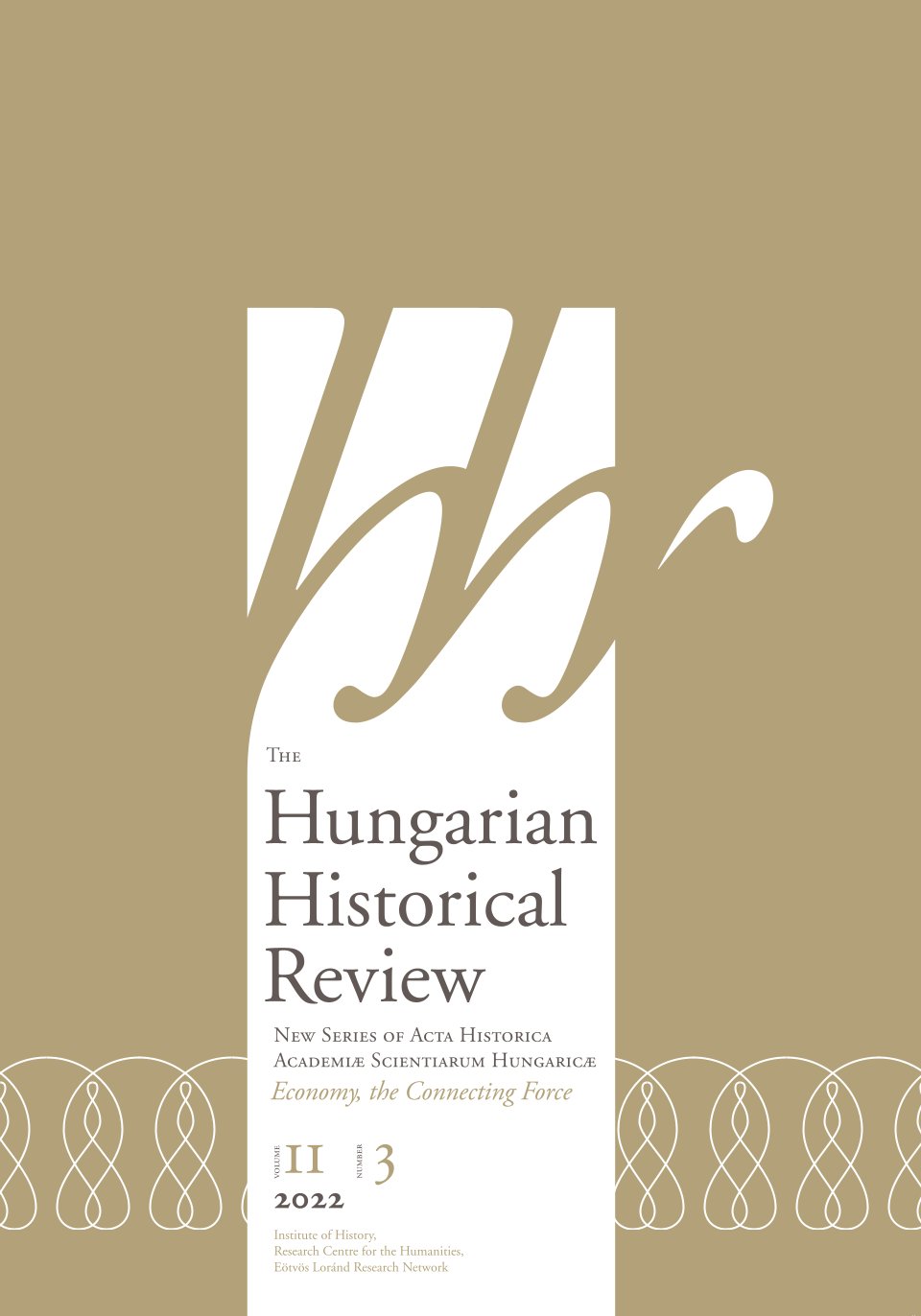Tender Contracts, Speculation, and Monopoly: Venice and Hungarian Cattle Supply between the Fifteenth and Sixteenth Centuries
Tender Contracts, Speculation, and Monopoly: Venice and Hungarian Cattle Supply between the Fifteenth and Sixteenth Centuries
Author(s): Andrea FaraSubject(s): 15th Century, 16th Century
Published by: Magyar Tudományos Akadémia Bölcsészettudományi Kutatóközpont Történettudományi Intézet
Keywords: cattle trade; market; speculation; crisis; famine; Hungary; Venice
Summary/Abstract: The livestock production and trade structures that connected the Italian peninsula and, in particular, the city of Venice with the vast Hungarian lands have been the subject of various inquiries in the secondary literature. Nevertheless, many questions remain. In this essay, I analyze the meat market in Venice (where the complex supply chain and slaughterhouse activities had considerable economic and social importance) in relation to the production and exchange structures of meat in the Hungarian lands (where the breeding of livestock and, in particular, cattle underwent considerable growth and specialization over the course of the centuries). I contend that Venice was an important end market for Hungarian beef exports. In other words, growing Venetian demand and the similarly growing Hungarian export of beef met and connected with mutual satisfaction, although not always in an entirely efficient way, giving rise to several cases of shortage and sometimes starvation and famine on the lagoon city markets. And this is a second point to investigate. If the individual and institutional Italian and Hungarian intermediaries that were interested in beef as an item of commerce can in a large part identified, many questions still surround the involvement of these economic operators in food crisis phenomena and economic practices aimed to give rise to famines in order to obtain greater profits (such as hoarding, raising prices, speculation, and export to more profitable markets). In this sense, I seek to clarify the link between the activities of operators and companies involved in the cattle trade from Hungarian territories and the famines (understood as “high price phenomena”) created in part by the lack of beef on the Venetian markets. I also examine the causes and functions of legislation and practices adopted in response to (and to prevent) starvation and/or famine and the roles of the attitudes of specific groups and economic actors involved in the meat market. Ultimately, I seek to further a more nuanced assessment of the connections between the Hungarian markets and the Italian markets between the late Middle Ages and early modern period.
Journal: The Hungarian historical review : new series of Acta Historica Academiae Scientiarum Hungaricae
- Issue Year: 11/2022
- Issue No: 3
- Page Range: 647-672
- Page Count: 26
- Language: English

